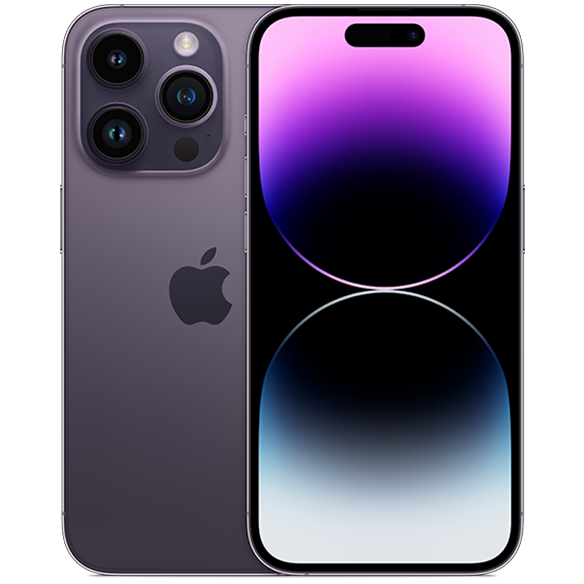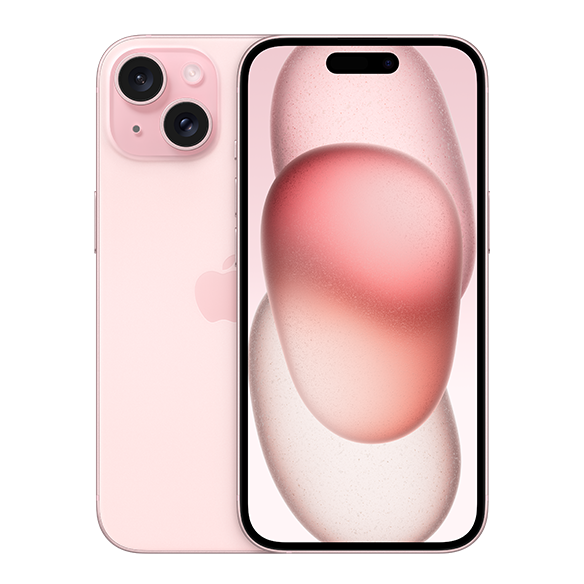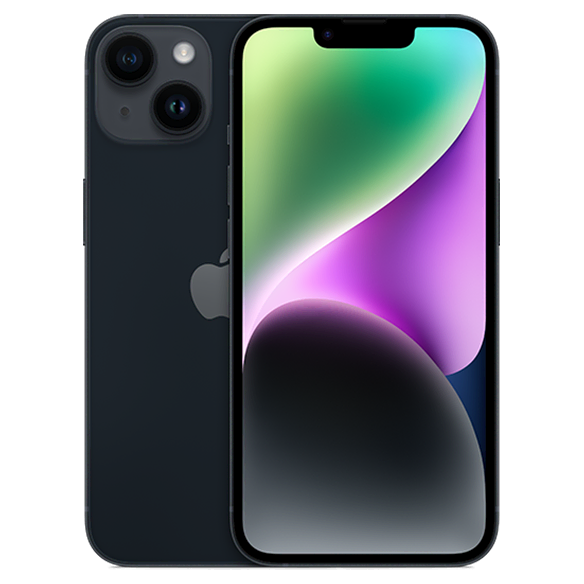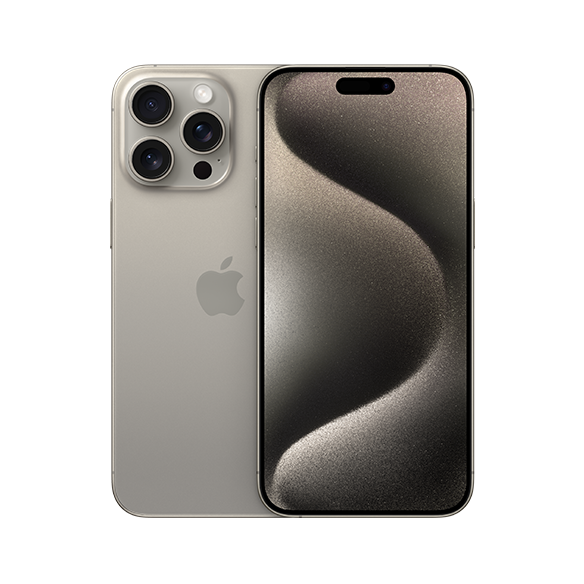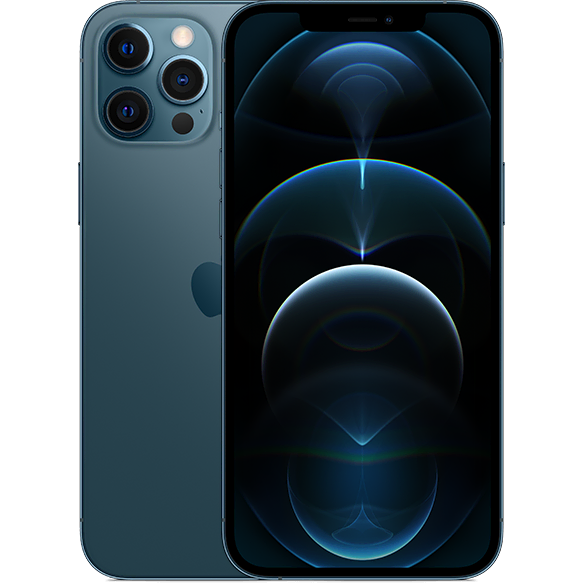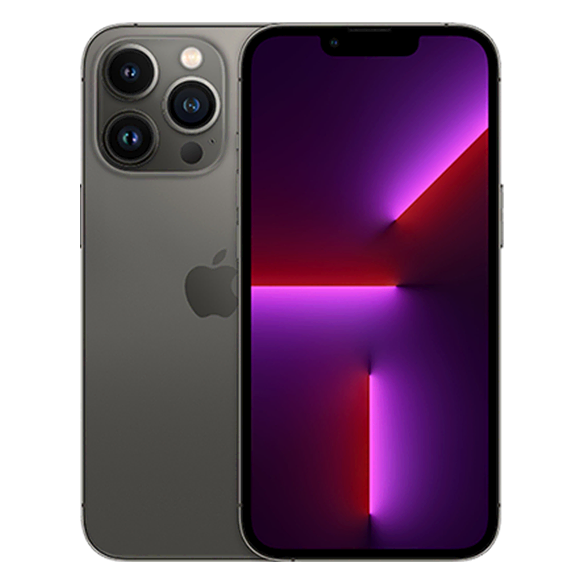Our best refurbished iPhone deals
All our refurbished phones come with up to 3 years’ warranty. So rest easy and save a bundle with a pay monthly refurbished iPhone contract from our Like New range.
Showing 12 of 12 phones
FAQs
All the refurbished phones in our Like New range are in good shape – meaning you won’t see any deep cracks or scratches from previous use. We check for everything from scuffed screens and cracked cases to bashed-up buttons to make sure all our refurbished phones are up to scratch. It’ll arrive with at least 80% battery health too – so you won’t be running out of juice unexpectedly.
You'll get your chosen Like New refurbished iPhone handset, USB charging cable, and a SIM pin. Everything you'll need to get up and running with your refurbished phone, straight from the box. You can also shop our wide range of Apple accessories to get all the extras you're looking for.
Buying from our Like New range is a sustainable option for your wallet and the environment. You can save up to £200 compared to buying a brand-new phone. It also reduces emissions, uses fewer virgin materials and emits less CO2. So you can feel great knowing you're doing your bit for the planet.
Yes. Each refurbished iPhone can be used with any compatible accessory, just in the same way as with a brand-new iPhone.
Phone lock / Blacklist check / Data security check / Wireless charging / Cable charging / Network lock / Network frequency / Network connectivity / Software version / WiFi / Bluetooth / GPS / SIM card reader / Power button / Side button / Silent button / Home button / Back button / Face ID or face recognition / Touch ID or fingerprint sensor / Vibration / Keys / Screen rotation / Gyroscope/ Accelerometer / Screen and glass condition / Digitiser / Force Touch / Multi-touch / Screen burn / Screen shadows / Dead pixels / Backlight / LCD white/black / LCD RBG / Rear camera quality/ Front camera quality / Zoom / Flash / Video microphone / Front microphone / Making and receiving calls / Earpiece quality / Connected headphone quality / Loudspeaker quality.
Although performance will decrease over time, all our refurbished phones are protected with a 3-year warranty if you take out a Plus Plan or Ultimate Plan, or a year’s warranty if you don’t. That’s the same as you’d get with our brand-new phones, making sure you're getting great value and service.
Once you're ready to move on from your refurbished iPhone, you can trade it in with us and keep the sustainability cycle going.
Right here at O2. All of our best deals for refurbished iPhones can be found on this page. Simply scroll up to discover our latest offers and find the right Like New iPhone for you.
†Monthly price of your Airtime Plan will increase each April from April 2025 by the Retail Price Index rate of inflation announced in February each year plus 3.9%. If RPI is negative, we'll only apply the 3.9%. See o2.co.uk/prices.
